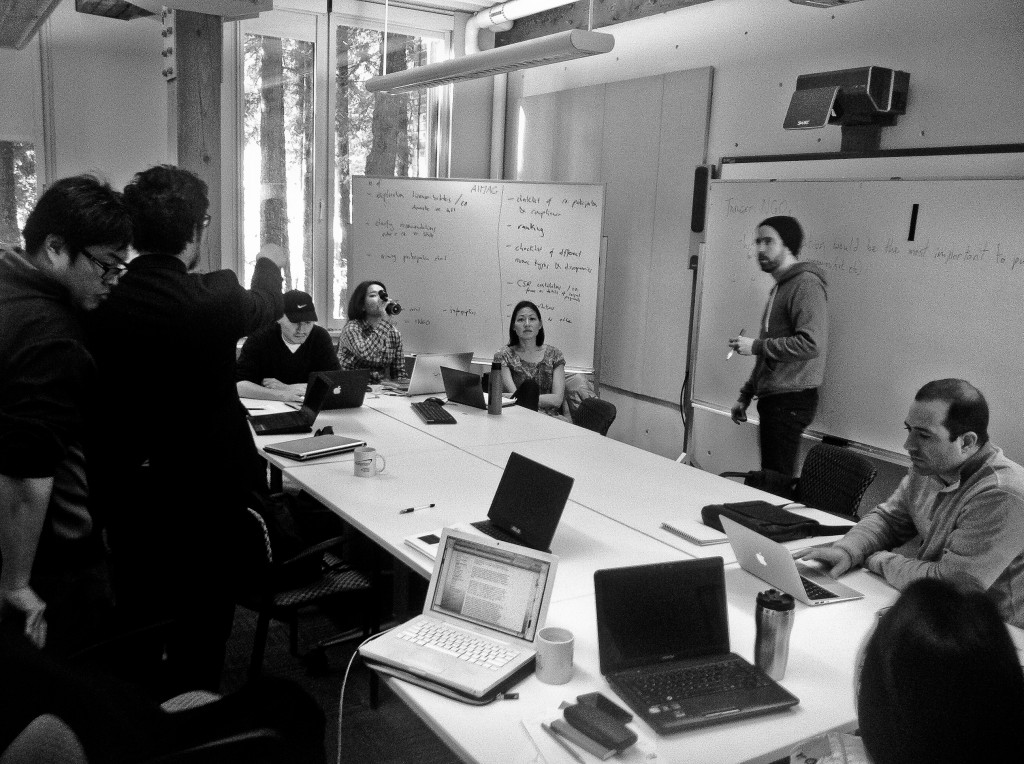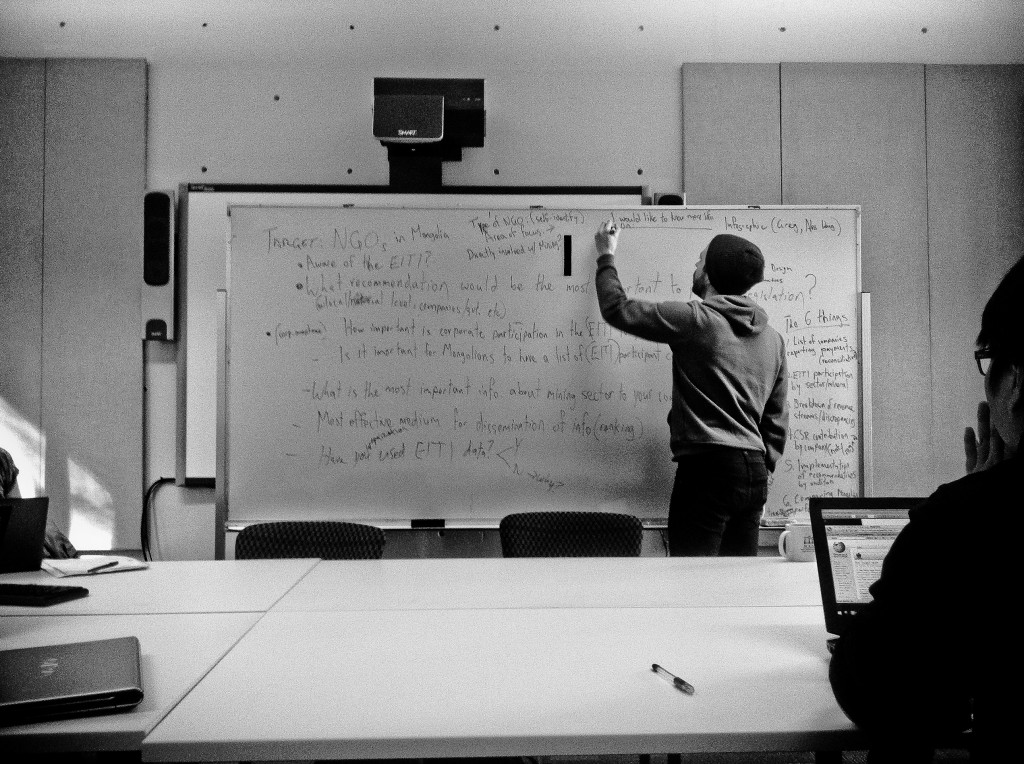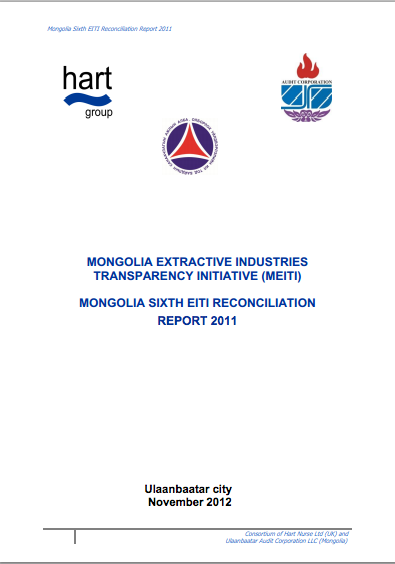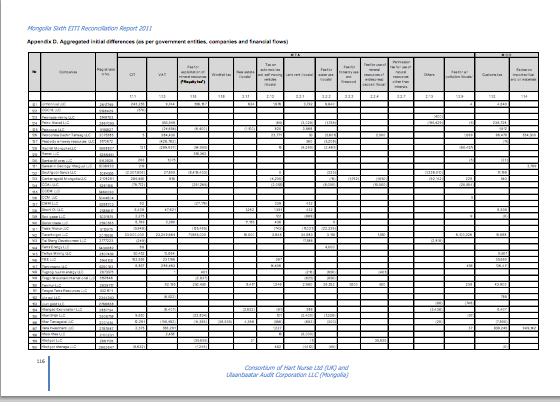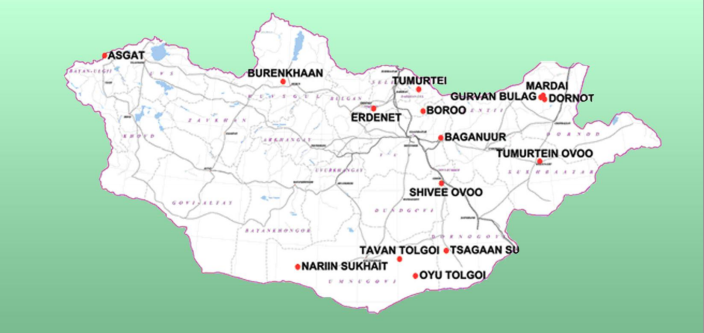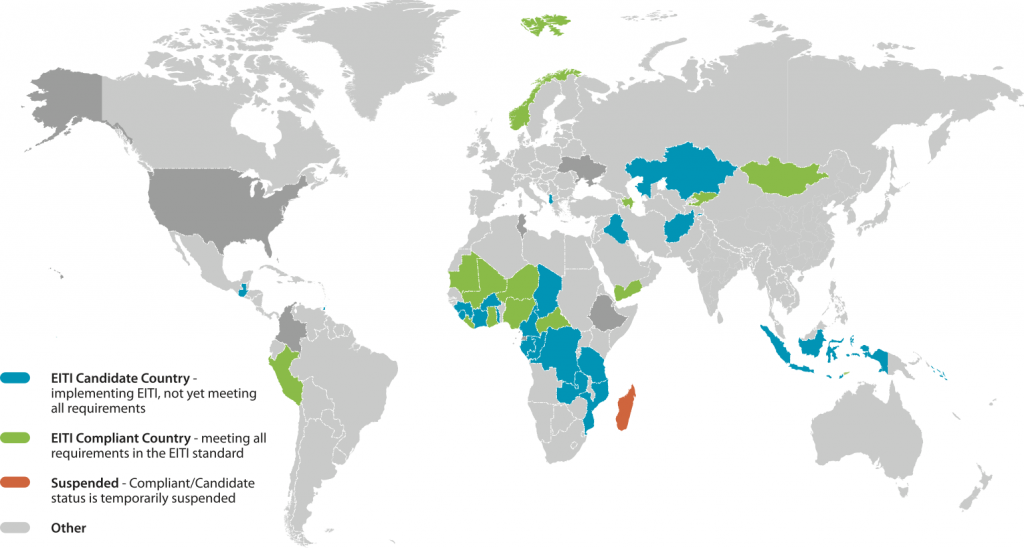Christopher Carter // March 17th 2014
Week 2 Reflection : Understanding the Stakeholders
Ben Collins // March 16th 2014
After an extensive class discussion and a flurry of emails, we decided that we would focus on trying to improve the communication of the EITI report. We had a lengthy discussion on what we felt were the most important aspects coming out of the report.
Eventually to help clearly communicate them. Discussions took place on creating a 2 page summary sheet for each report, again to help highlight the important insights. The difficult part is that different stakeholder could have different thoughts on which aspects of the report are most important. We determined that a survey sent to various EITI stakeholders (NGOs, governments and companies), would help us frame the most important aspects to include in a 2 page summary.
We are focussing on finding out the information from the EITI that is most important to the Mongolian people. Thus, our survey is designed and tailored to NGOs and governmental organizations working with and representing the Mongolian people.
Over the last week as a class we were able to brainstorm survey questions and create a draft of our online survey. The class also divided up into a number of groups: communications, surveying, visual media and report writing. The next steps are to create a list of who to contact for the survey and to continue to learn and gather information about the EITI report in Mongolia.
Week 1 Reflection: Unraveling MEITI
Garth Thomson // March 10th 2014
With the completion of individual EITI country reports, the class has now transitioned focus to the EITI in Mongolia (MEITI). The MEITI reconciliation reports are complex documents encompassing a broad range of issues. Our team’s first challenge is to review the data available and identify a manageable scope of issues that we can effectively tackle throughout the remainder of the term.
Brainstorming sessions in class, followed by a flurry of email activity through the week, have indicated that the MEITI is a complex reporting framework with many potential areas of focus. Given our own team’s difficulty in defining a single problem to tackle, it would appear that similar challenges are likely experienced by those consuming the reports in Mongolia.
The MEITI reports are comprehensive reporting documents but are not easily absorbed, especially by those who lack a firm background in the issues addressed. Identifying the most important segments of the report, and turning them into a summary document easily digested any Mongolian who may be interested in the country’s extractive sector is an ideal outcome.
In order to pinpoint what these key issues are, the team intends to contact in-country stakeholders who can lend their insight. By surveying a range of Mongolian stakeholders, we will attempt to identify which segments of MEITI are most valuable to the people on the ground.
The most suitable communication platform for the distribution of this data will also be addressed by our team. In order for the MEITI data to be effectively consumed, it must be easily available to a wide range of interested stakeholders.
The team has reviewed low-cost mass-communication platforms such as printed pamphlets or radio, and will further refine a communication strategy with the best potential for widespread penetration at the course progresses.
Mongolia, Mining and Data Interactivity
Christopher J. Carter // March 9th 2014
This week we began to analyze the 2011 Mongolia EITI report. One concept that emerged initially is how to visualize the spatial reporting and mass data of locally and nationally received payments coming from the development Mongolia’s strategic mineral deposits.
One tool for our study and civil society in the study of the Mongolia EITI is the Extractive Industries Map of Mongolia a data visualization platform initiated by the World Bank Institute and is available in both Mongolian and English languages. Layers are fully customizable and maps can be created from the platform and feature mining concessions, company payments(local and national), government revenues, local donations from companies, special protected areas, forested areas, socioeconomic and other development indicators.
The Extractive Industries Map of Mongolia is an online, publicly-accessible, interactive mapping application focused on the extractive industries of oil, gas and mining. With this tool, users can map an array of data about the sector, including the statistics about mining and petroleum licenses, company activities, socioeconomic indicators such as unemployment and infant mortality rates, government revenues, and civil society activities. The goal is to create a tool that advocates and policy-makers can use to understand issues in the mining and oil sectors and advocate for solutions.
The platform was piloted in Ghana and has been scaled out to Mongolia based on new demands there. By allowing users to create their own maps of this information, the relationships between mining, socioeconomic factors and other related data can be better explored and understood than through the sole use of tables and text, and provides a central space through which a variety of information can be accesssed. Data is a compilation of World Bank Institute data in partnership with the Extractive Industries Transparency Initiative Mongolia, National Statistical Office of Mongolia and the Mongolia Country Office of the World Bank data bases.
What does this tool and the EITI really mean for civil society , industry and government stakeholders? Can it be done better?
As we examine the implications of EITI reporting in Mongolia in the next few weeks, we hope to learn just that.
EITI Country Studies
The initial stage of this policy project focuses on gaining perspective of the EITI experience worldwide. From each of the 11 selected nations, a report will be composed featuring the following elements.
- The country’s governing structure
- Natural resource development activities
- Operating extractive industry companies
- Performance and validation of EITI reporting process
- The response of the civil society to EITI reporting and open data will be discussed.
Executive summaries of each countries report will be posted in the coming weeks.
EITI Countries Investigated
Afghanistan
Cameroon
East Timor
Ghana
Indonesia
Kazakhstan
Kyrgyz Republic
Nigeria
Norway
Peru
Zambia
